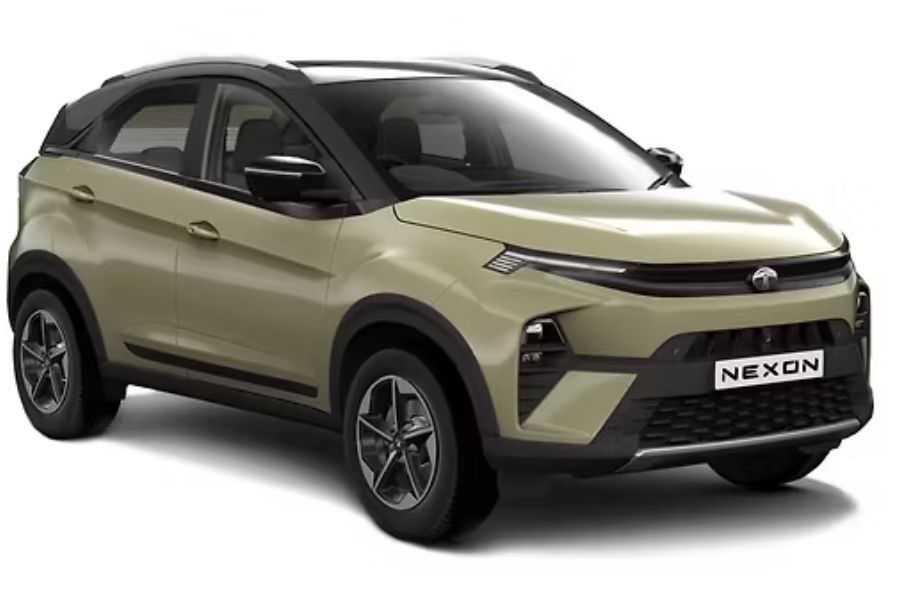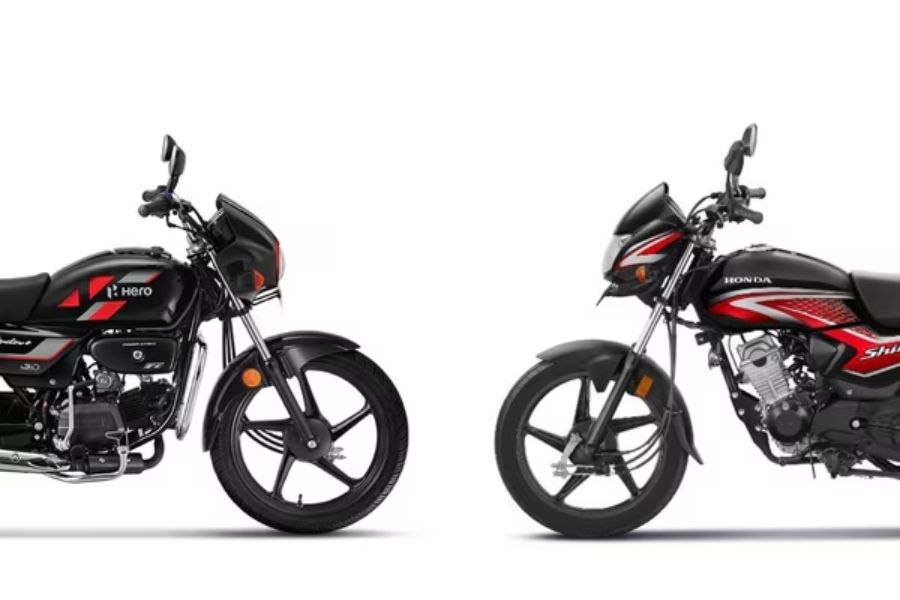Both Hyundai and Tata Motors deserve credit for continuing to invest in the hatchback market, especially in the performance-oriented segment. While many manufacturers have shifted focus away from sporty hatchbacks, Hyundai’s i20 N Line and Tata’s new Altroz Racer stand out as two formidable contenders. Here, we compare these two vehicles to determine which one you should choose.
Exterior Design
Both the Tata Altroz Racer and the Hyundai i20 N Line have striking exteriors that distinguish them from their standard versions. The Altroz Racer features a bold design with a blacked-out bonnet, roof, mirrors, wheels, and rear spoiler, complemented by racing stripes and Racer badging, giving it a decidedly sporty appearance.
In contrast, the i20 N Line adopts a subtler approach to its sporty design. It includes twin muffler tips, sportier bumpers, a blacked-out front grille with the N Line logo, unique 16-inch alloys, and red accents throughout. Ultimately, your choice will depend on whether you prefer the Altroz Racer’s bold look or the i20 N Line’s understated elegance.
Dimensions and Rear
Both hatchbacks are premium models under 4 meters in length. The i20 N Line, however, has a longer wheelbase, is wider, and is longer overall. The Altroz stands taller and offers a larger boot capacity at 345 liters. Both cars feature 16-inch wheels, but the i20 N Line sports wider 195-section tires compared to the Racer’s 185-section.
Interior Design
Inside, both vehicles continue the sporty theme. The Altroz Racer boasts an all-black interior with orange accents on the dashboard, Racer embroidery on the headrests, orange ambient lighting, and stitching on the seats and steering wheel. However, the gear lever design falls short compared to the i20 N Line’s. The Racer’s front seats are supportive but might lack sufficient headroom for taller drivers due to the sunroof. The rear offers an armrest with cupholders, but the lack of load sensors for seatbelt warnings can be inconvenient.
The i20 N Line’s interior features an all-black theme with red accents, N logos on the seats, and red stitching on the seats and steering wheel. While the hard plastics on the dashboard may not feel premium, the N-specific gear lever and steering wheel exude quality. The N Line also includes sporty metal pedals. Its front seats are more accommodating, but they lack the ventilation feature found in the Altroz Racer. The rear seats are spacious but do not have an armrest with cupholders.
Features
The Altroz Racer’s top R3 variant and the i20 N Line’s N8 MT trim are both well-equipped. Both models feature large touchscreens, digital instrument clusters, leatherette upholstery, auto climate control, and sunroofs. Unique to the Altroz Racer are wireless Android Auto and Apple CarPlay, ventilated front seats, a rear armrest, and a 360-degree camera. The N Line, on the other hand, includes LED headlamps and an auto-dimming inside mirror.
Safety
Both standard versions of these cars have been crash-tested by Global NCAP, with the Tata Altroz securing a 5-star rating and the Hyundai i20 achieving 3 stars. Both cars are equipped with six airbags, hill-hold assist, and ESP, but the N Line benefits from all four disc brakes, enhancing its safety credentials.
Performance
Under the hood, both hatchbacks house 120hp, three-cylinder, turbo-petrol engines. The Altroz Racer features a 1.2-litre engine with indirect injection, while the i20 N Line has a smaller 1.0-litre unit with direct injection. The Racer’s engine, derived from the Altroz iTurbo, now produces 120hp and 170Nm with a 6-speed manual gearbox. The N Line’s engine is smooth, responsive, and offers a stronger midrange punch with a 6-speed manual gearbox option and a 7-speed DCT.
The Altroz Racer’s manual gearbox, with its long throws and heavy clutch, can be less engaging for spirited driving compared to the slick and well-defined shifts of the i20 N Line. The N Line’s gearbox and clutch combination make for a more enjoyable driving experience. In terms of performance, the N Line is quicker in acceleration tests and offers a more involving drive.
Ride and Handling
The Altroz Racer excels in ride and handling, with minor tweaks to its steering ratio and suspension enhancing its already impressive performance. It handles broken roads with confidence and boasts a well-balanced suspension setup. However, the tire grip can sometimes be lacking.
The i20 N Line also benefits from a retuned suspension and stiffer damping, offering a European-like ride quality. While it feels stiffer on bad roads compared to the Altroz, it remains composed at high speeds. Its steering is lighter and more communicative, providing stability and predictability around corners. The N Line’s wider tires and rear disc brakes give it a slight edge in braking performance.
Price and Verdict
The Altroz Racer R3 is priced at Rs 10.99 lakh, while the i20 N Line N8 MT costs Rs 11.27 lakh (ex-showroom). Both cars offer unique features and are practical, spacious, and well-equipped, appealing to both enthusiasts and family buyers.
The Tata Altroz Racer impresses with its smooth engine and excellent ride and handling balance. However, its gearbox and clutch detract from the driving experience. The Hyundai i20 N Line, with its slick powertrain combination and quicker performance, emerges as the more rounded, performance-oriented package. Thus, in this comparison, the i20 N Line is the preferred choice.
Read More:




